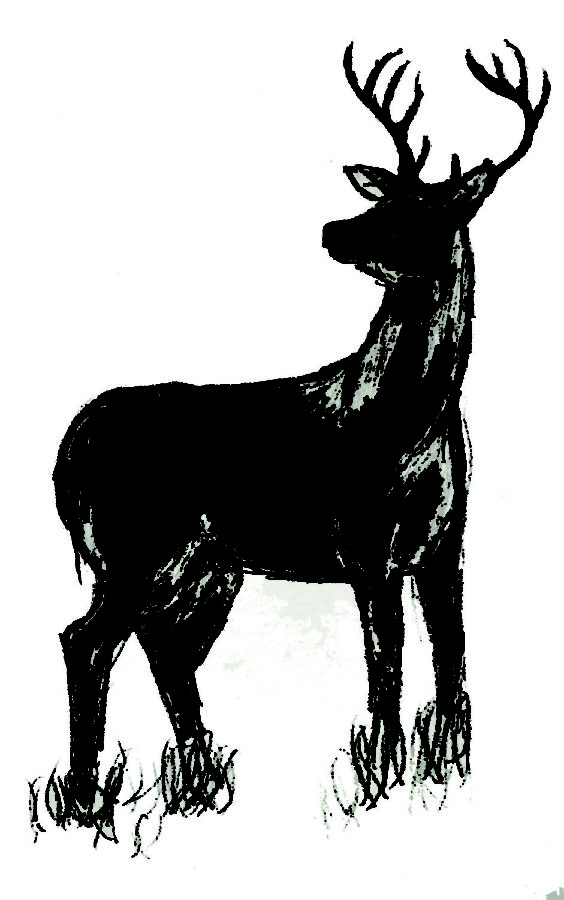As climate change looms, Neshaminy reflects on local changes
February 14, 2018
As a society, our daily choices impact the environment and affect it overtime. Bucks County has tried to take some precautions to lessen any impact that could negatively affect the environment in the future. Just within Neshaminy, there are water bottle refill stations at most of the water fountains to minimize the impact of plastic waste. Even though there are trash and recycling bins placed around Neshaminy, trash somehow still finds its way around the campus. Brittany McGlone, a senior at Neshaminy High School, said “The senior parking lot is so filled with trash and empty plastic water bottles. There’s just no reason for that.” 9 billion tons of trash end up in the oceans because of littering. There is even an accumulation of laws solely to protect the environment from littering.
Jason Voisard, a 36 year old resident of Bucks County, said, “Littering has always been a problem. When you drive down the roads, you see signs everywhere regarding littering, forcing people to pay large fines for a piece of trash that could have easily been thrown out.”
The amount of emissions released from large amounts of traffic is also concerning to some students. Gael Olguin-Ayala said, “On the ride to school, the amount of cars pulling into the school is overwhelming. There is a large amount of kids that get driven to school by their parents when it is not necessary. It is just causing an excessive release of carbon dioxide that isn’t needed.”
Cars have not been a problem for that long at least. They first became more suited pricewise to the middle class in the 1920s. However, the public ignored the risk that they were putting the environment at when they would purchase automobiles. The emissions slowly increased, building up overtime. According to NASA, the Earth’s temperature has risen 1.53 degrees Fahrenheit because of reasons like emissions. Christina Spath said, “As a kid, playing outside was always fairly manageable. It was never too hot and it was really nice. The temperature, even during the summer, would barely reach over 92 degrees [Fahrenheit].”
Olguin-Ayala said, “It is scary to think that our generation is disregarding every warning that we are receiving now and all because driving and littering is quote on quote, ‘more convenient’. It is undeniable that once we overuse the resources that we are given, that we will regret our decisions.”
The water level in the Bucks County Quarry has also significantly dropped. An anonymous source said, “When I was a kid, my friends and I used to sneak into the quarry behind Neshaminy High School. We would jump into it and it was considerably safe because the water level was high enough, but the water level has dropped so much. There have been so many stories about children jumping into the quarry and needing to be taken away to the hospital with multiple broken bones and major injuries.”
Invasive species have always been a concern, but it is a concern now more than ever. Idlewood, the forest behind Neshaminy High School, is currently under threat by the Emerald ash borer. The invasive species caused the closing of Idlewood. Haley Fatula, a junior in Neshaminy High School explaining the effect that the Emerald ash borer has on the trees, said, “They weaken the trees and kill them by removing the nutrients.” The Emerald ash borer is not only affecting Neshaminy, but is affecting most of the forests on the East Coast. However, invasive species continue to be one of the less recognized environmental threats. Especially back in the 1950s.
Christina Spath said “I never remember hearing that much about invasive species when I was a teenager. The main focus has always been on pollution and how it relates to global warming. Even small things like how much water we used while we showered, but I never remember hearing anything about invasive species.” Back in the 1950s, the biggest invasive species was the Africanized Bee. However, the cold weather in Bucks prevented the bees from ever inhabiting the area, eliminating the need to worry about invasive species during that decade.
The environment, overall, changed and will continue to do so in the time coming. As the largest factor of environmental changes, there is a multitude of actions that the population of Bucks can do to minimize a negative impact on the environment. Our actions now may not seem to affect us now, but can and most likely will affect us further down the road.


